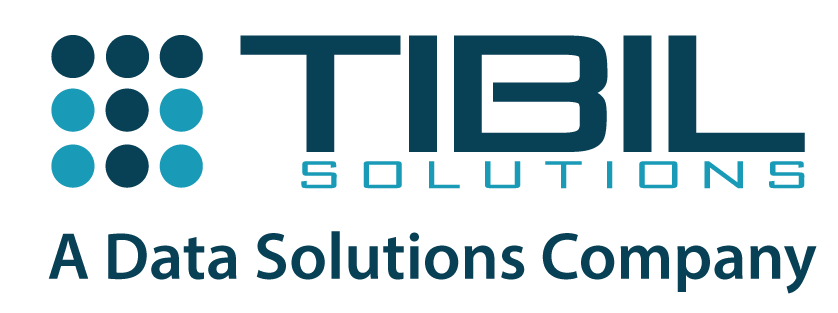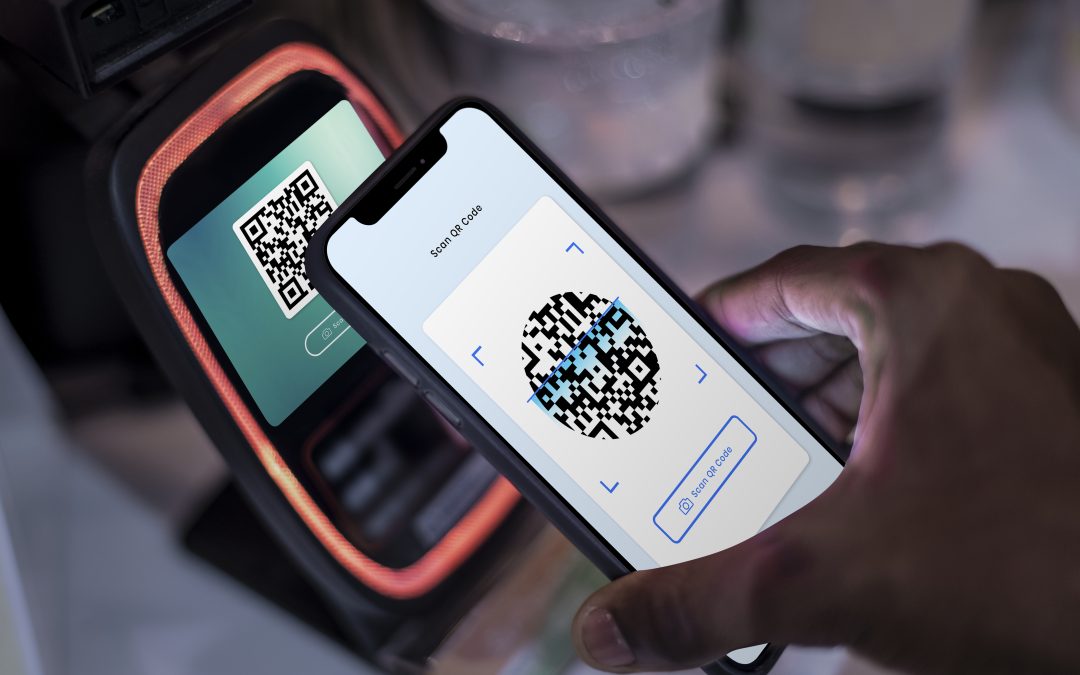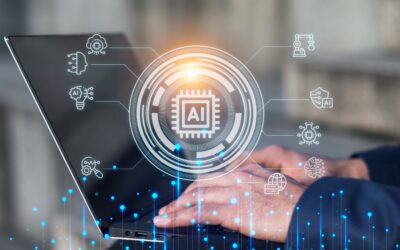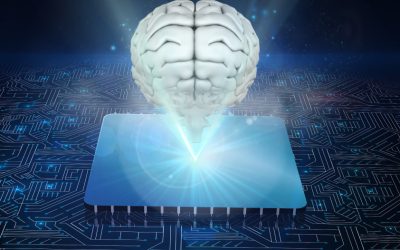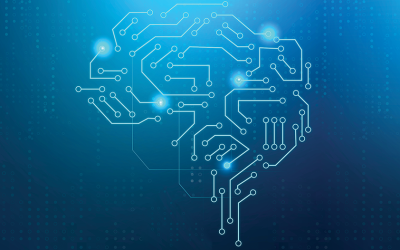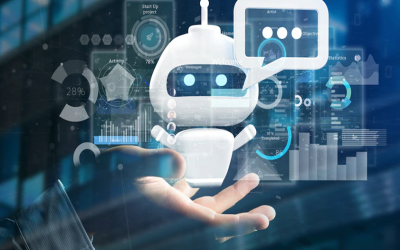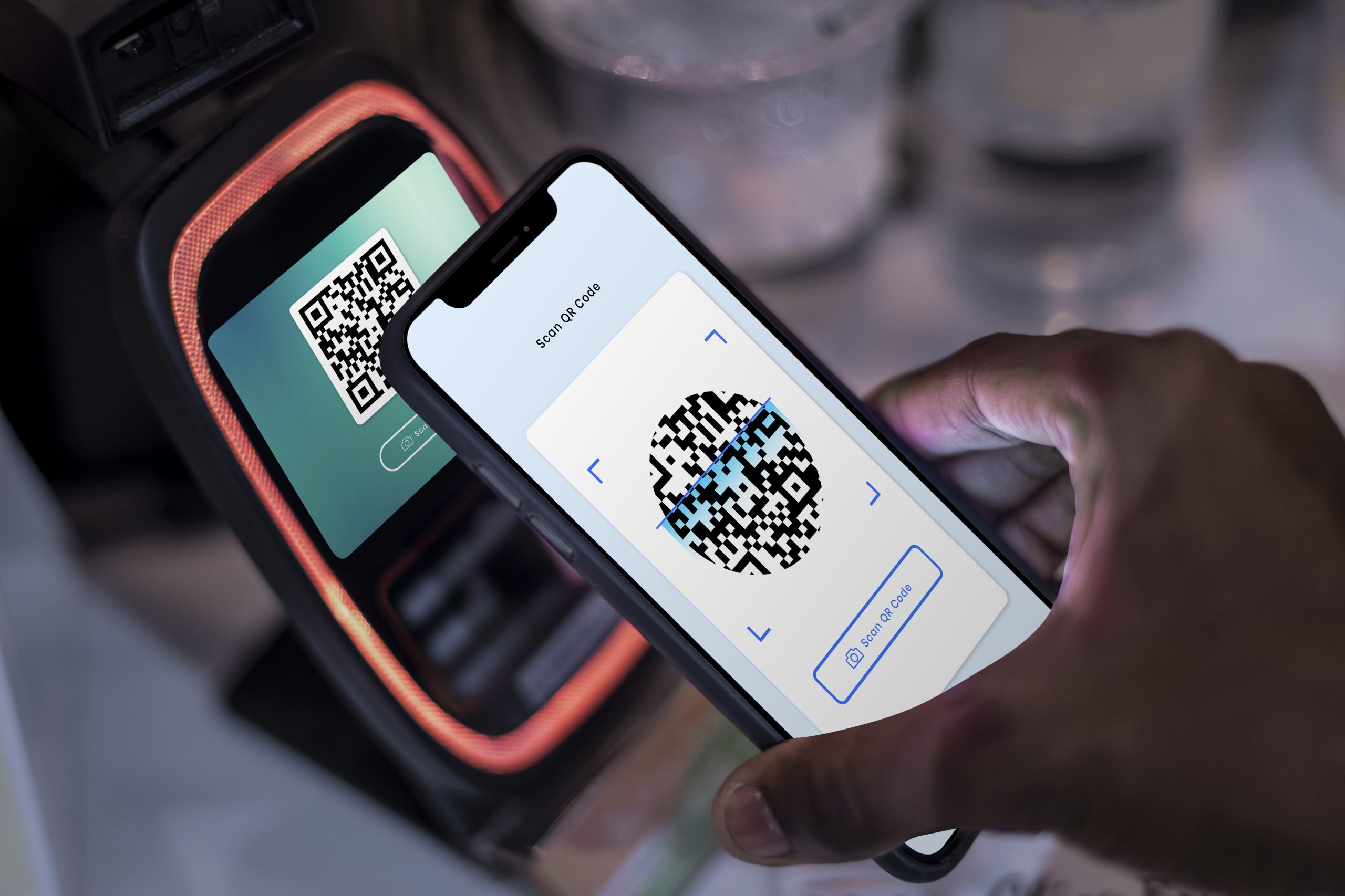
Building a Better Future with Digital Public Goods
The world is on the cusp of digitization! In this era of digitization, we have transformed the way we communicate, interact, and access information. It has not only changed our personal lives but also has brought an evident transformation in the way public services operate.
The emergence of Digital Public Goods and digital public infrastructure has had a substantial impact on the evolution of public services. In this article, we will discuss the importance of digital public infrastructure and digital public goods in India, transforming the landscape of public services.
Understanding Digital Public goods
Before we dive into the benefits of DPG, it is important to understand the concept and features of digital public goods and digital public infrastructure.
What are Digital Public Goods?
Digital public goods are the resources, data sheets, AI models, and software available to all citizens for free contributing to sustainable development. These are non-excludable which means no one is excluded from using these resources and services and non-rivalrous which means they are available and accessible to all communities and one person’s use will not diminish their availability for other people in the communities.
Examples of DPGs:
- Wikipedia
- Phone pe, G-Pay
- DHSI2
- Government websites, e-learning platforms
- FOSS like Linex, cQube,
- OER, OSM, etc.
What is Digital Public Infrastructure?
On the other hand, Digital Public Infrastructure constitutes the fundamental technological infrastructure that enables the delivery of public goods. DPI acts as the bedrock of DPGs. DPI is an open-source software or system, based on which organizations can develop their own product to serve the common good. Digital public infrastructure enables and supports the functioning of public services.
Examples of DPI:
- Aadhaar
- UPI
- e-KYC
- Broadband networks
- AWS
- Cybersecurity infrastructure
- Azure
UPI is the Digital public infrastructure designed by the government. According to which other institutions created their own products or DPGs, like Phonepe, Google Pay, Amazon Pay, etc.
Difference between DPG and DPI
The similar Acronym of DPG and DPI leads to a lot of confusion. So, the below table gives a clear picture of the difference between DPG and DPI.
| Digital Public Goods | Digital Public Infrastructure |
| These are the resources, tools, or content that are made available and accessible to the public. | These are the building blocks or the technological platforms that enable institutions in the development of digital public goods. |
| DPGs are in the form of open data, open-source software, ML models, and others. | DPIs are in both physical and digital forms acting as the foundation of the network or the technology that supports the DPGs. |
| DPGs are developed to serve the public needs. | DPI is developed to serve the needs of the development of DPGs. |
Importance of Digital public goods
The availability and accessibility of DPGs have no boundaries, they are extended to all countries, people, and generations. The Internet provides provision to access digital public goods globally. DPGs have created a great impact on global development in every aspect.
DPGs play a very crucial role in ensuring equitable assess to all the essential services, there for they have got prominent importance. Here are some of the reasons why they are of prominent importance.
1. Accessibility: DPGs are designed to be easily accessed by anyone, irrespective of their geographical location, economic and social status, and physical capacity. The easy accessibility makes DPGs easily adaptable by any government agency or organization.
2. Efficiency: The adoption of digitization for public services will help organizations, governments, and other institutions to streamline their operation, reduce costs, and work on improving their services and products. This improved efficiency not only serves the public well but also enhances the allocation of resources.
3. Adaptability and innovation: DPGs are designed to be adaptable. They can be altered to serve local issues. The versatile nature of DPG provides a platform for innovation for developers to build a service according to the needs of the public.
4. Transparency: The presence of open-data initiatives promotes accountability and transparency in government operations which builds the trusted relationship between the government and the public. Open data initiatives include Government schemes, healthcare outcomes, education metrics, and more. People can easily access the open data and get a better oversight of public funds.
5. Inclusivity: Digital public goods are non-excludable, which means the essential services, information, and opportunities are available and accessible for all communities, promoting equality among all citizens.
The real-world impact of digital public goods:
DPGs are in various forms, each serving different aspects of the society.
1. E-Learning Platforms: In many parts of the world, children are excluded from education due to various family, geographical, and financial reasons. E-learning plays a vital role in making education accessible to every single child by providing access to free educational content, courses, and resources thereby expanding education to students of all ages. SWAYAM (Study Webs of Active-Learning for Young Aspiring Minds) is an example of an e-learning platform a digital public goods in India.
2. Opensource software: Free and Open-Source software allows others to access the open code base and develop their own product. Doing this will not take away or limit others to do the same. FOSS application can be customized. Users can add local language interfaces that make DPI available and accessible to all countries or regions where people speak that language. They don’t lock the users into using a single technology or a single language.
3. E-government services: Going to the government offices to get your work done is quite a tough task for all citizens. The e-government services allow citizens to interact with the government and access the services online. This can include services like paying taxes, renewing a driving license, etc. Also, the government-operated websites provide a platform for citizens to voice their opinions, participate in policy discussions, and give feedback to the government. This will help in building a trusted relationship between the government and its citizens.
4. Open Data: The copyrighted data prevents others from using their intellectual property online while preventing others from using it for innovation. The open data stored in machine-readable formats can be used by startups and private organizations to build their own application using the open data. This promotes interoperability and collaboration between organizations at a large scale.
5. Online Healthcare Systems: The accessibility of healthcare services becomes very crucial during emergency and pandemic situations in the country. Online Healthcare information systems help in the management of patient care, patient information, appointment scheduling, patient online examination, and telemedicine. Enabling healthcare services during COVID-19 saved many lives and helped in the better decision-making process for the government to fasten the delivery of healthcare services. NHP (National Health Portal) is an example of digital public goods in India.
To conclude, Digital public goods have become a powerful and transformative influence in the world of government services and how public affairs are managed. They have the potential to make government more efficient, transparent, and inclusive. The digitization of public goods has the potential to reshape public services for the betterment of all is greater than ever before.
Related Posts
AI Toolbox: Creative Content Beyond ChatGPT & BARD
Introduction: In the dynamic landscape of artificial intelligence (AI), ChatGPT and BARD have garnered significant attention for their capabilities in natural language processing and music composition. However, a rich tapestry of AI tools exists...
Ethical Considerations in Generative AI: Ensuring Fair and Responsible Data Analytics
Introduction Generative AI, a transformative subset of artificial intelligence, is revolutionizing data analytics and machine learning. It empowers machines to generate data, images, and text that mimic human creativity. While the potential of...
The Role of Artificial Intelligence in Cyber Security
In an era characterised by rapid technological advancements and increasing digitalisation, the field of cyber security faces an escalating and ever-evolving threat landscape. As cyber threats become more sophisticated, organisations must employ...
TinyML: The Future of Edge AI
Artificial intelligence (AI) has been a hot topic in recent years and with good reason. AI has the potential to transform countless industries and improve our lives in numerous ways. However, as powerful as AI can be, it also requires a lot of...
The Evolution of Federated Learning
Uber settled an inquiry into a data breach that exposed the personal data of more than 5,00,000 drivers in 2016 by paying $148 million. A GDPR breach resulted in a $57 million fine for Google in 2020. On-growing data privacy and data breach issues...
Chatbots and What They Can Do in the Manufacturing Industry
In recent years the development of chatbots and conversational AI has progressed extremely rapidly. What was originally used primarily for B2C customer interactions is today used in an interesting variety of applications. In the manufacturing...
Subscribe To Our Newsletter
Lorem ipsum dolor sit amet, consectetuer adipiscing elit. Aenean commodo ligula eget dolor. Aenean massa. Cum sociis natoque penatibus et magnis dis parturient montes, nascetur ridiculus mus

Company
About us
Careers
Contact
Awards
Blog
Offerings
Strategy & Consulting
Managed Services
Solutions
Digital Public Goods
Solutions
Data Solutions
Industry Solutions
